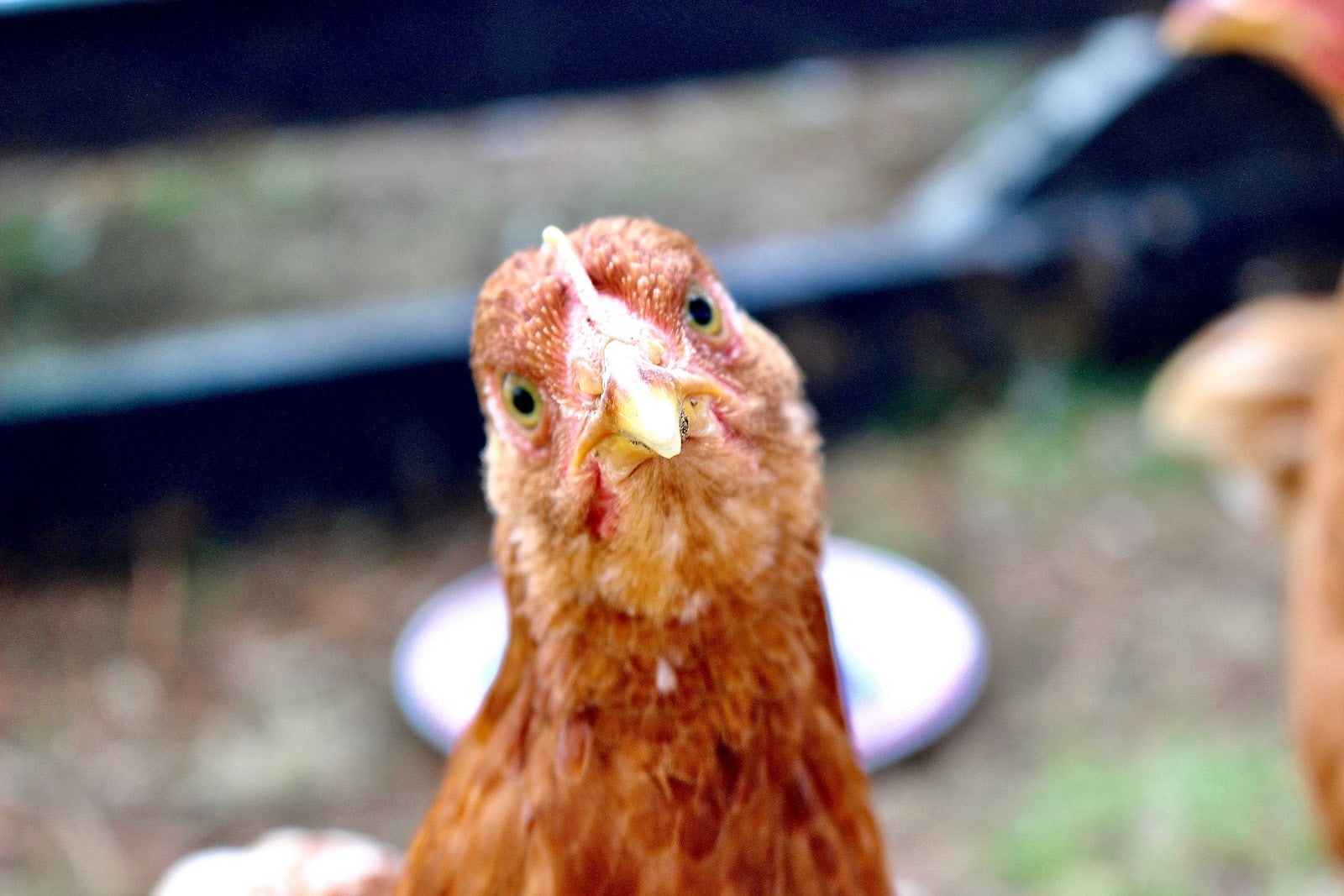Chickens, like all living creatures, have their own unique ways of eliminating waste from their bodies. To understand how chickens pee, it is essential to learn about their anatomy and waste excretion system. Unlike mammals, chickens do not have a separate system for eliminating solid and liquid waste. Instead, they have a single opening called the cloaca, through which waste exits their body.
Urine, the liquid waste generated by animals, is also produced by chickens. However, it appears different from what we typically associate with mammalian urine. In chickens, urine is a semi-solid, pasty substance instead of a liquid, and it is mixed with their solid waste in the form of feces. The combined waste excretion saves water, which is beneficial for their overall health and survival.
Anatomy and Biology of Chicken Excretion
The Role of Liver and Kidneys
The chicken’s excretory system involves the liver and kidneys in the process of filtering out waste from the bloodstream. The liver plays a major role in breaking down proteins and producing urea as a waste product. This urea is then transported to the kidneys for further processing. In chickens, the kidneys are responsible for converting urea into a more concentrated waste product called uric acid. This is an essential adaptation, as it allows birds to retain more water and minimize dehydration.
Understanding Uric Acid
The kidneys process the urea and water content in the bloodstream, producing uric acid as the primary waste product. Unlike mammals that excrete liquid urine, chickens excrete uric acid in a semisolid paste-like form. This substance consists of urates, which are a less toxic form of nitrogenous waste and are white or creamy in color. The consistency of the uric acid helps to limit the amount of water loss in chickens, which is particularly crucial for their survival in various environments.
The Cloaca-Vent System
Chickens have a unique system for waste removal, called the cloaca-vent system. The cloaca is a chamber where the excretory and reproductive systems converge. The large intestine empties into the cloaca, as do the two ureters from the kidneys. The urinary system does not have a separate urinary bladder or urethra like in mammals.
The waste materials from both the kidneys and the large intestine are mixed within the cloaca, and a process called reverse peristalsis aids in the expulsion of waste. When it is time to excrete waste materials, the muscles surrounding the cloaca contract to push the combined waste out via the vent. The vent serves as a multi-purpose opening for both waste elimination and egg-laying in hens.
In summary, chickens do not technically “pee” in the same manner as mammals. Instead, they expel a mix of feces and uric acid through their cloaca-vent system, which is an efficient method of waste removal while preserving water in their bodies.
Chicken Waste and Hygiene Practices
Understanding Chicken Poop
Chickens have a unique digestive system where they excrete both feces and urine together. The white crystals found in their droppings are actually the result of chicken pee, which consists of minerals, electrolytes, nitrogenous wastes, and ammonia. Protein metabolism is an essential process in a chicken’s body, and the high-protein diet of chicken feed containing laying pellets, protein, calcium, and vitamins provides them with necessary nutrients.
Health Issues Related to Excretion
Backyard chickens can be susceptible to various health issues related to their excretion process. Some common issues include:
- Vent Gleet: This is an inflammatory condition of the vent, where the fecal matter, urine, and eggs are expelled. Improper hygiene can lead to infection, causing swelling and inflammation.
- Dehydration: Lack of proper hydration can result in less frequent droppings with higher concentrations of white crystals. To maintain optimal hydration, water should be replaced regularly, and adding a bit of vinegar can enhance its quality.
- Stress: Stress can affect the chicken’s digestive system, resulting in abnormal levels of vitamins and minerals in their droppings. Adequate space and good living conditions can help alleviate stress in backyard chickens.
Practices for Maintaining Hygiene in Chicken Coops
Chicken owners should pay close attention to their chicken coops’ cleanliness to avoid health issues associated with chicken waste. Here are some tips for maintaining a healthy chicken coop environment:
- Nesting Boxes: Ensure clean nesting boxes with fresh bedding materials for chickens to lay eggs. Replace the bedding material regularly to prevent the buildup of droppings and feces.
- Roosting Area: Regularly clean the roost area, as it is the place where chickens spend their nights. Droppings can build up underneath the roost, so placing a dropping board below it can help simplify cleaning.
- Flooring: Keep the coop floor clean with regular removal of droppings, as they contain ammonia, which can cause respiratory issues if not properly managed. Proper ventilation within the coop is also crucial.
- Feeding: Provide a balanced diet that supports healthy digestion, such as laying pellets and nutrient-rich feed.
- Parasite and Pest Control: Regularly inspect the coop for the presence of bugs and parasites, which can affect the health of your backyard chickens. Address any infestations promptly.
By following these hygiene practices, chicken keepers can ensure the good health and well-being of their backyard chickens.

